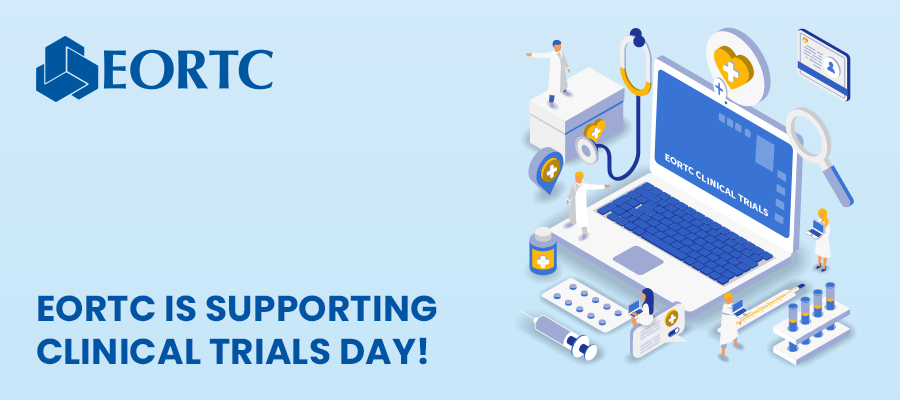Unmasking P-values
20 May 2020
 By Laurence Collette, PhD, Scientific Development Leader, EORTC HQ, Brussels, Belgium
By Laurence Collette, PhD, Scientific Development Leader, EORTC HQ, Brussels, Belgium
P-values are ubiquitous in the medical literature. Unfortunately, there is a general tendency to put too much emphasis on them. Too often, one sees the scientific community overemphasize or disregarded results of medical experiments based on solitary P-value. That P-value being “significant” determines if a trial was “a success”.
P-values are effectively an extremely simplified statistical summary of the results of otherwise very complex scientific experiments, be they clinical trials or biomarker association studies. Their simplicity makes them attractive but is also the cause of their abuse.
P-values and the notion of statistical significance are very often misinterpreted and misunderstood. For this reason and because of their effective shortcomings, (which we will address below), the past years has seen a number of scientists rage against their use in provocative editorials “Scientists rise up against statistical significance” (Amrhein V et al Nature 2019, Sucz and Ioannidis 2017), or propose to proscribe statistical significance (Ioannidis 2018, Ioannidis 2019). Statisticians themselves have dedicated an entire journal volume to the debate « Moving to a world beyond P<0.05” (Wasserstein 2019).
So, what are P-values exactly and why are they so often abused?
The P-value is a concept invented by Sr. Ronald Fisher in 1925 (Fisher 1925) to test a null hypothesis ((H0) concerning the magnitude of a parameter of interest (e.g. mean of measurements, difference in response rates, correlation between two biomarker measurements, hazard ratio in a comparative survival study). The P-value is the probability to observe a result, at least, as extreme as the one observed in the experiment, under the assumption that the null hypothesis (that the parameter is zero) was actually true.
The P-value measures how compatible the observed results are with the stated null hypothesis. If one assumes that the data follow the stated imaginary distribution and that there is no bias in trial conduct or data collection, then the data should exhibit only random fluctuations around the hypothesised (null) value of the parameter of interest.
Related News
Meet the new EORTC Board
9 Jul 2024
We are pleased to announce the release of the EORTC 2023 Annual Report
17 Jun 2024
Dr Denis Lacombe, EORTC CEO, appointed stakeholder co-chair of ACT EU advisory group
24 May 2024
Clinical Trials Day 2024: a Q&A on pragmatic clinical trials
20 May 2024
EORTC/EMA workshop suggests an international way forward for treatment optimisation studies
8 May 2024
EORTC’s Participation at the ESTRO Congress 2024
29 Apr 2024
EORTC: Advancing research and treatment for rare cancers
29 Feb 2024
EORTC Fellowship Programme: celebrating more than 20 years of impactful collaboration
22 Feb 2024
Appointment of Malte Peters as EORTC Strategic Alliance Officer
9 Feb 2024
Unique series of workshops in partnership with the European Medicines Agency (EMA)
7 Feb 2024


